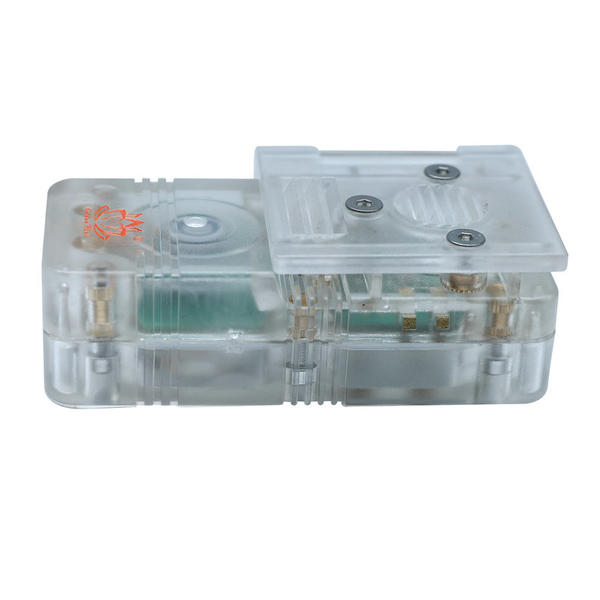Win3 Temperature Monitor Instrument can help reduce energy consumption during equipment operation in many ways. Here are the specific methods and principles:
The temperature controller ensures that the equipment operates stably within the target temperature range by accurately measuring and adjusting the temperature, avoiding energy waste caused by overheating or overcooling.
For example: In an industrial heating furnace, if the temperature is too high, it will lead to excess fuel consumption; if the temperature is too low, it may need to be reheated, increasing energy consumption. The temperature controller can maintain the temperature at the optimal level, thereby reducing unnecessary energy loss.
Temperature controllers usually use PID (proportional-integral-differential) control algorithms to achieve precise temperature regulation. By optimizing PID parameters, it can respond quickly to temperature changes and reduce fluctuations, thereby improving energy efficiency.
Advantages: Reduce temperature overshoot and oscillation, and reduce the operating time of the heating or cooling system.
The temperature controller can monitor the temperature changes of the equipment in real time and dynamically adjust the heating or cooling power according to the actual situation. This closed-loop control system ensures that the equipment always runs in the most energy-saving state.
For example: In an air-conditioning system, the temperature controller can automatically adjust the output power of the compressor according to the changes in indoor temperature to avoid long-term high-load operation.
Temperature controllers can detect temperature anomalies (such as overheating or overcooling) in time through alarm functions, thus avoiding additional energy consumption caused by faults.
Many modern temperature controllers support preset energy-saving modes, allowing users to set different operating strategies according to specific needs.
For example: At night or during non-working hours, the temperature controller can automatically lower the target temperature and reduce energy consumption.
The temperature controller can automatically adjust the operating status of the equipment according to the schedule to ensure that energy consumption is reduced during peak power consumption periods.
Application: In factories, temperature controllers can shut down or reduce the power of heating/cooling systems during non-production periods.
Temperature controllers can record historical temperature data and energy consumption data to help companies analyze the operating efficiency of equipment and identify potential energy-saving opportunities.
For example: By analyzing the temperature fluctuation curve, it can be found whether there is overheating or cooling, and the operating parameters can be optimized accordingly.

Using built-in data analysis functions or in combination with external software, temperature controllers can predict future temperature needs and adjust the operating status of equipment in advance, thereby achieving more efficient energy management.
Integrated intelligent system
Temperature controllers with IoT functions can be integrated with other devices (such as sensors and controllers) to form an intelligent energy management system.
For example: In a building automation system, the temperature controller can work with other subsystems (such as lighting and ventilation) to optimize overall energy consumption.
By remotely accessing the temperature controller, managers can adjust the operating parameters of the equipment in real time to ensure that it is always in the best energy consumption state.
The temperature controller can be integrated with renewable energy systems (such as solar water heaters and ground source heat pumps) to optimize energy distribution and use.
For example: In a solar heating system, the temperature controller can automatically adjust the working state of the heater according to weather conditions and the temperature of the heat storage tank to maximize the use of solar energy.
The temperature controller can help manage energy storage devices (such as batteries or thermal energy storage systems) to ensure that energy is stored when electricity prices are low and used during peak hours.
Win3 Temperature Monitor Instrument significantly reduces energy consumption during equipment operation through precise temperature control, real-time monitoring, energy-saving mode support, data analysis, and intelligent integration. These features not only improve energy efficiency, but also help companies achieve sustainable development goals. In practical applications, the reasonable configuration and use of temperature controllers are the key to achieving energy conservation and emission reduction.

 English
English Español
Español

